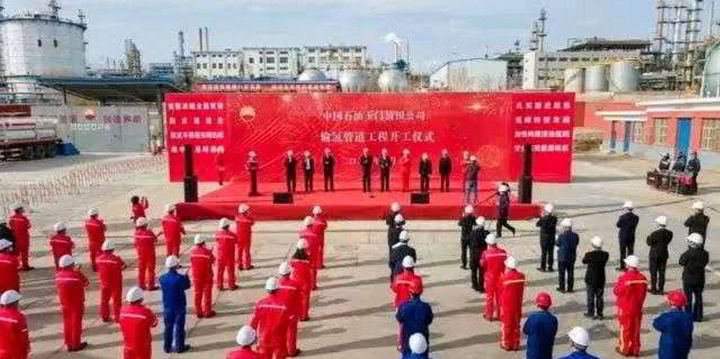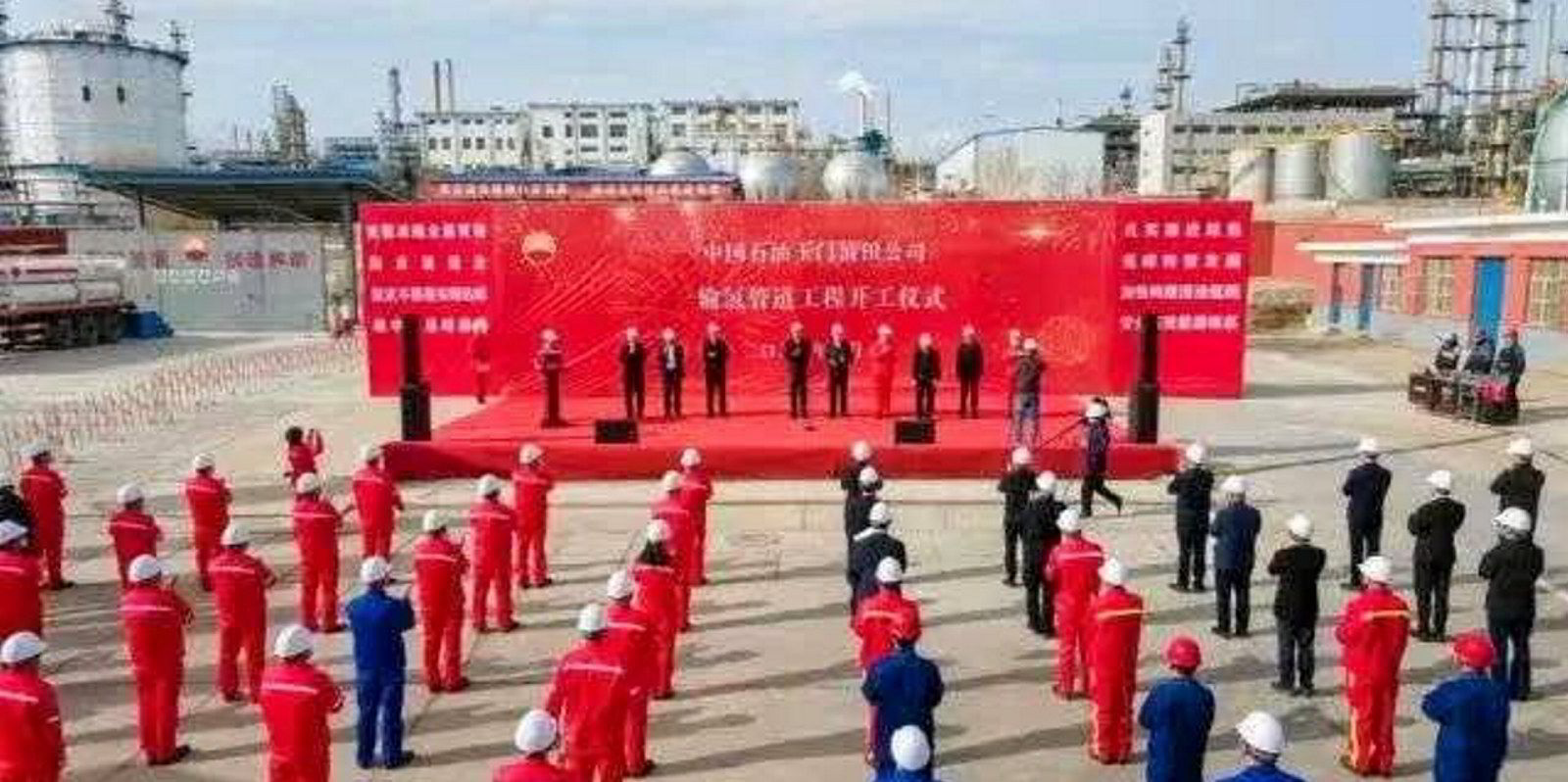Huge demand for hydrogen will prompt China to build an integrated pipeline network to move hydrogen produced in the wind and solar energy-rich northern and northwestern part of the country to market in the south and east.
Li Guohui, vice president of China Petroleum Pipeline Engineering Corporation (CPPEC), last week told the World Hydrogen Technology Convention held in Foshan city in southern China’s Guangdong province that China expects its total hydrogen demand to grow to 100 million tonnes per year by 2060.
However, the country’s hydrogen resources are located in the northwest, northeast and midwest, which is rich in solar and wind resources and is also the hub of China’s refining and chemical industry while the demand centres are in the eastern and southern parts, giving rise to the need to move hydrogen — grey or green — to these markets.
Li added that all hydrogen produced in China will be transported through pipelines by 2050, when the country will have built one horizontal, one vertical and three branches of a hydrogen pipeline grid extending 6000 kilometres to link hydrogen throughput in northern China’s Ningxia, Inner Mongolia, Hebei, Beijing, Tianjin, Heilongjiang regions, provinces and cities.
He said that as a national hydrogen pipeline grid, it would be accessible to hydrogen asset owners and traders and CPEEC’s job is to “unify the pressure, the purity of hydrogen and way of hydrogenation”.
One of the pipelines will be built by Sinopec to transport green hydrogen that it will produce in Inner Mongolia to users in Beijing.
Article continues below the advert
This West-East hydrogen pipeline will span 400 kilometres from Ulanqab, Inner Mongolia, to the Sinopec Yanshan Petrochemical in Beijing via nine counties and cities in three provinces.
The scheme involves building an onshore wind farm, an electrolysis system using wind energy to produce hydrogen and an export pipeline. The first phase will have pipeline throughput capacity of 100,000 tonnes per annum of hydrogen, expandable to 500,000 tpa at a later stage.
In March, PetroChina kicked off construction of the country’s first pipeline to transport green hydrogen produced at the Yumen oilfield it operates in northwestern China’s Gansu province.
The six-kilometre line from a PV-electrolysis facility to a local petrochemical plant will have a throughput capacity of 10,000 cubic metres per hour.
The hydrogen will be sourced from a power-to-liquids demonstration project at Yumen, which converts solar energy from a 160-megawatt PV station into hydrogen through a PV-electrolysis system.
When completed early next year, the project will be able to produce 7000 tonnes of green hydrogen and generate 278 kilowatt hours of electricity a year, which will help to reduce CO2 emissions by 220,000 tonnes a year.
According to Li, there are only three hydrogen pipelines in China spanning less than 100 kilometres. Globally, most of the 5000 kilometres of hydrogen pipelines are monopolised by the Air Liquide, Air Products and Linde.

